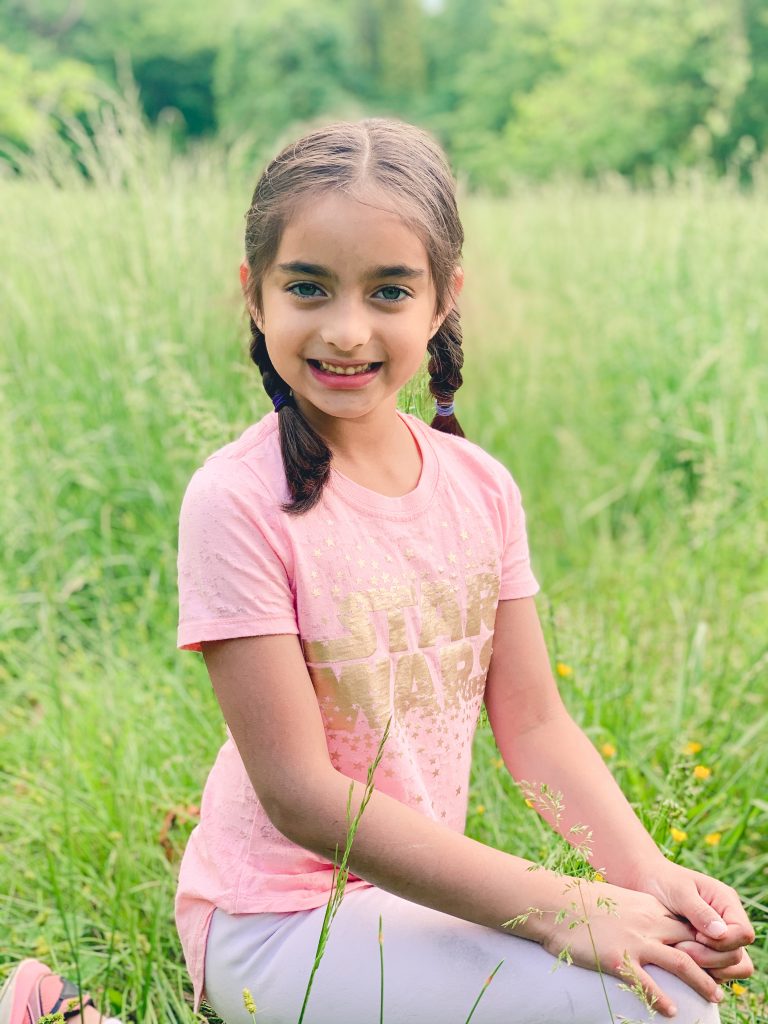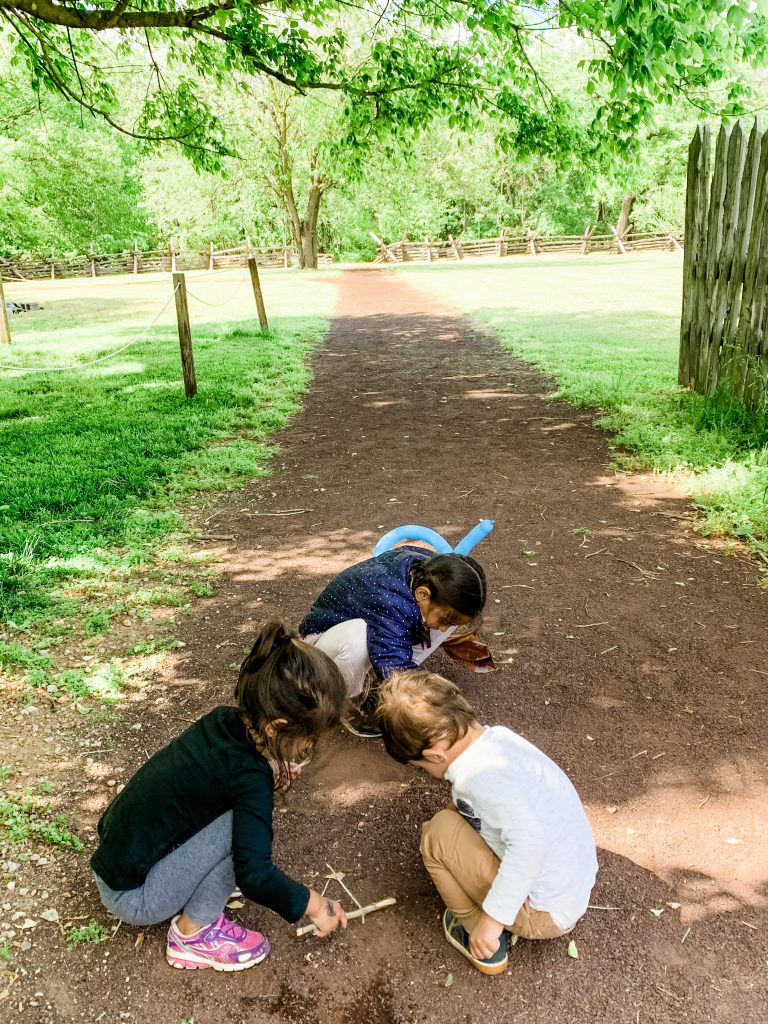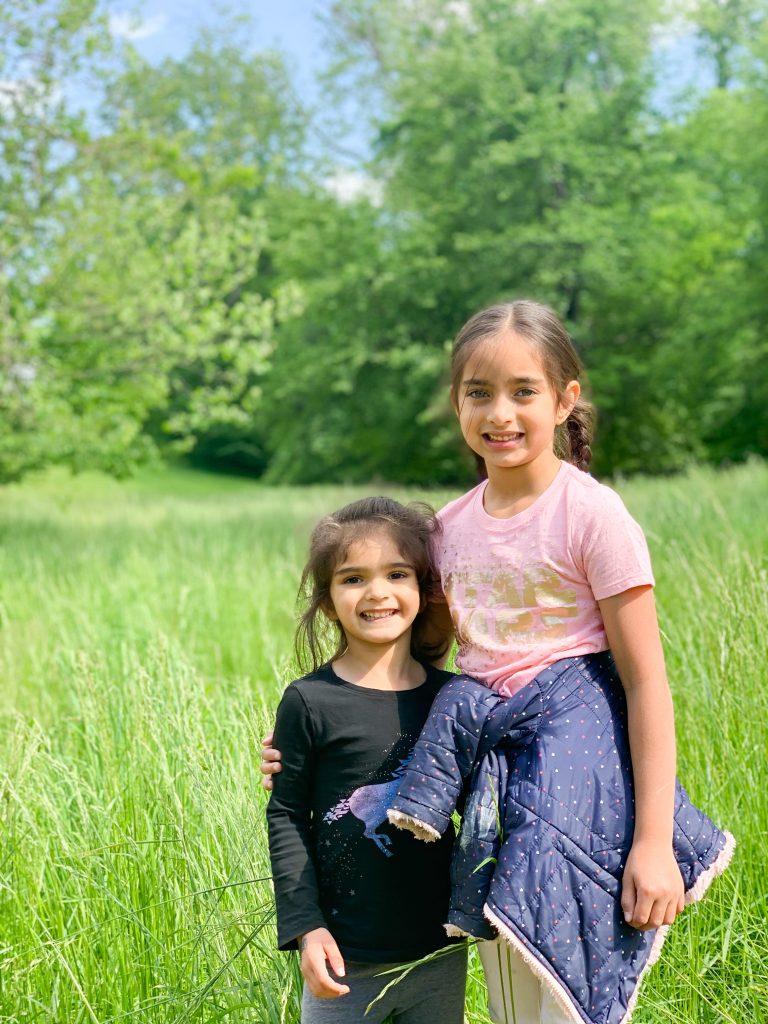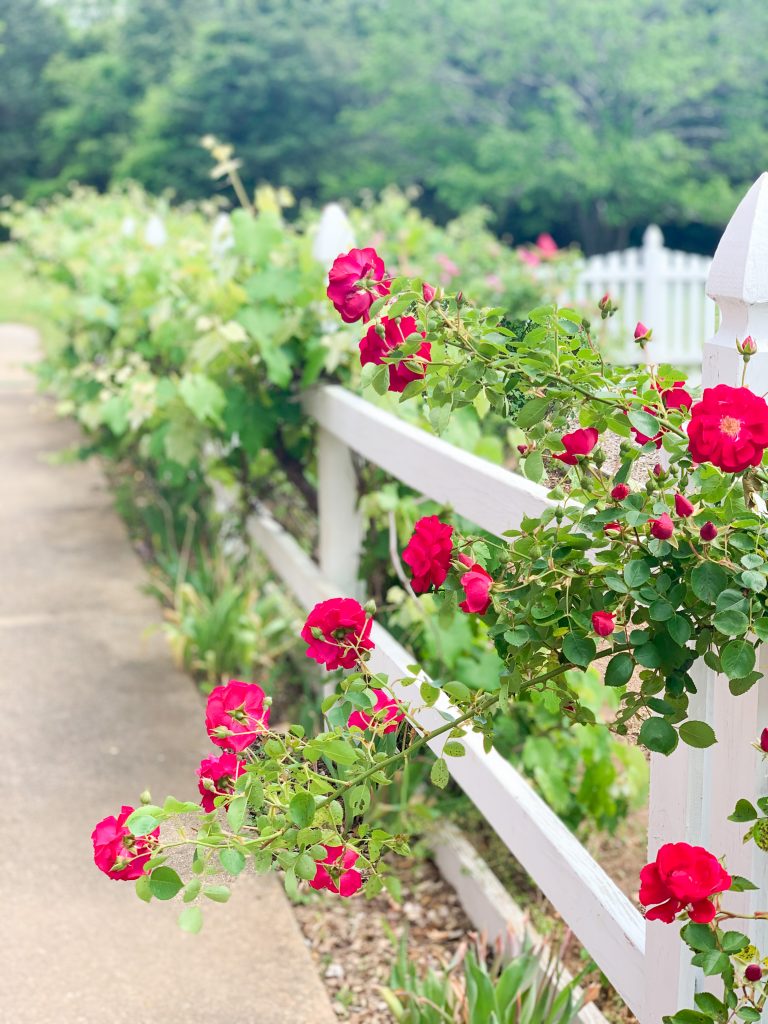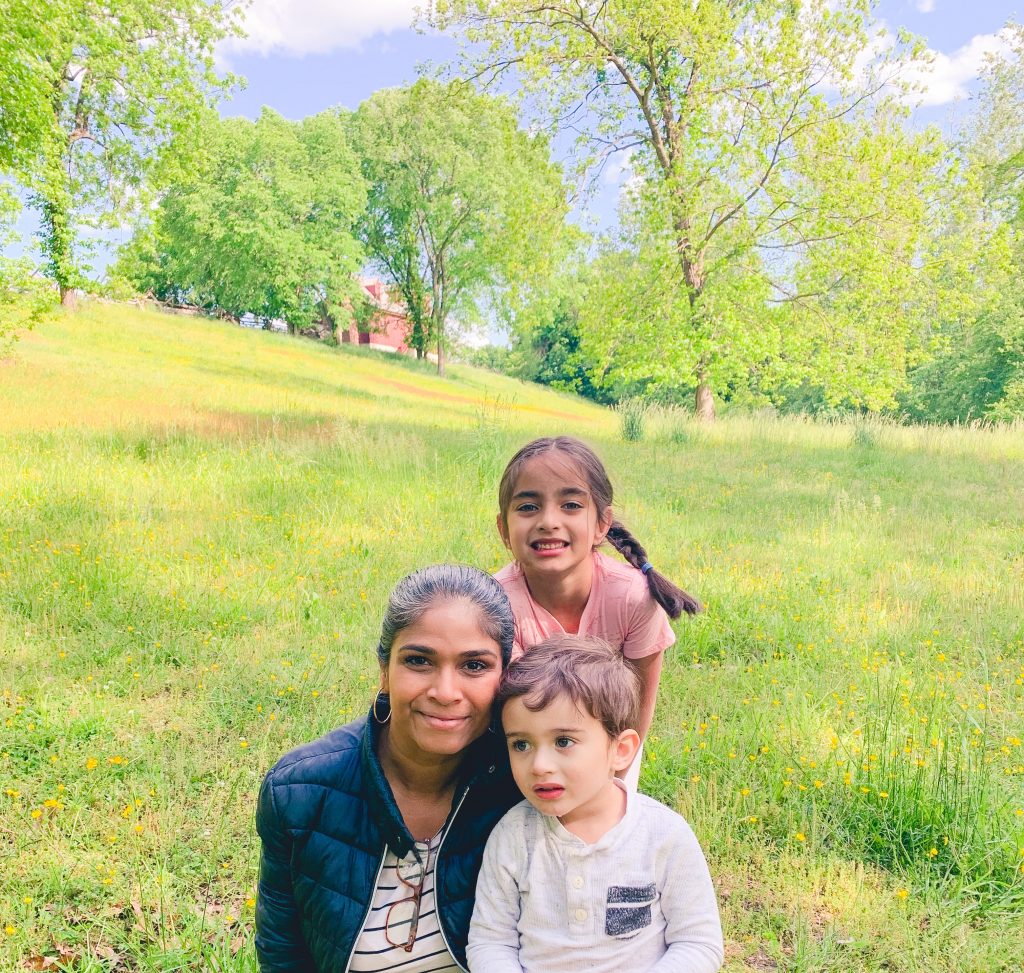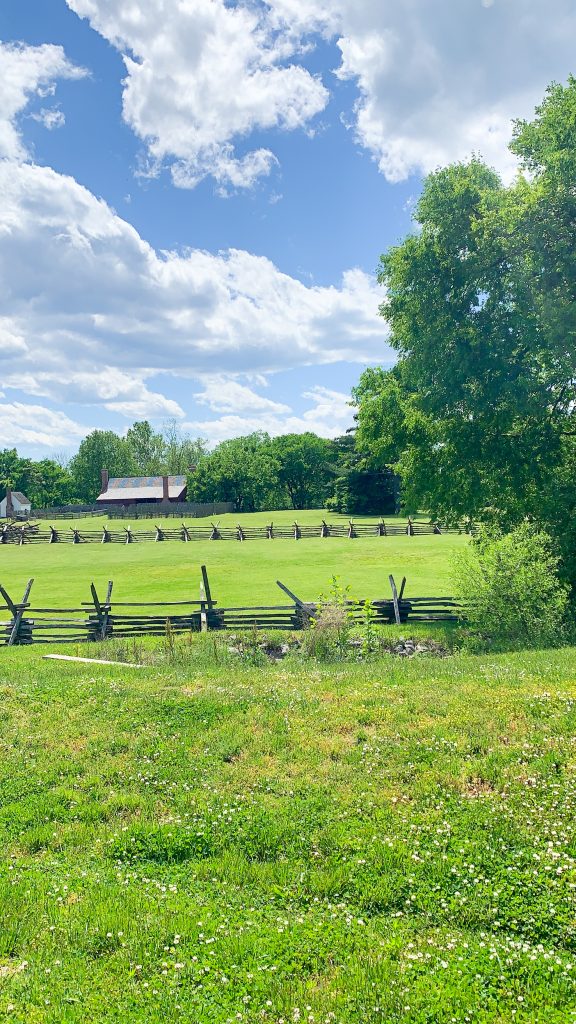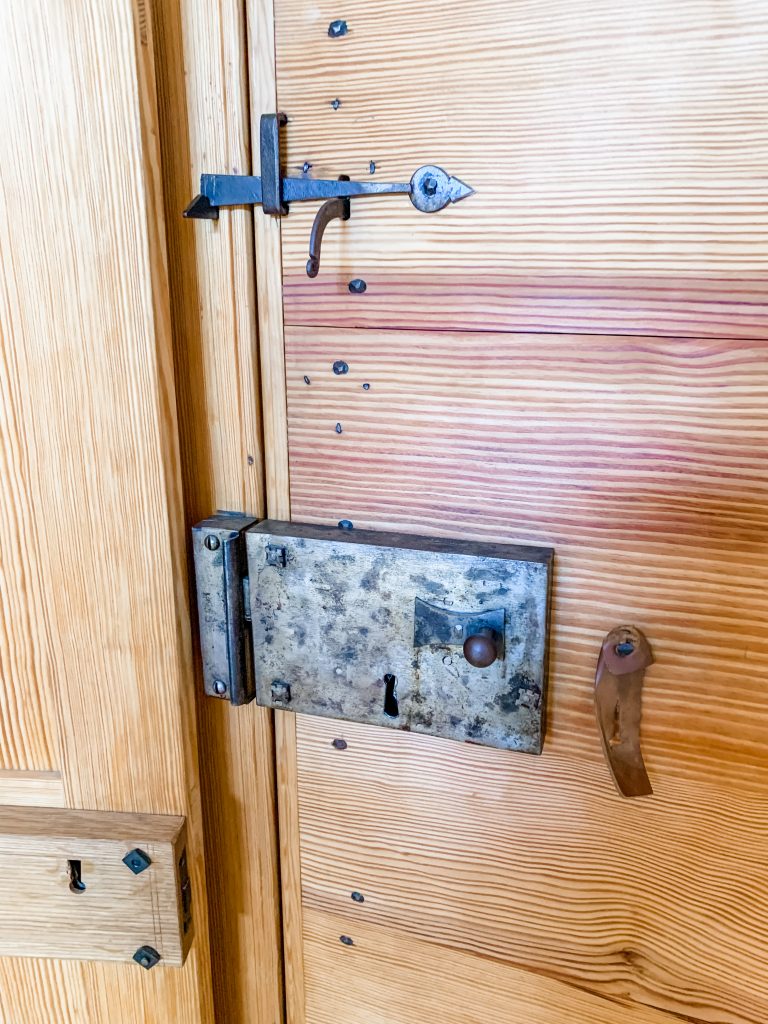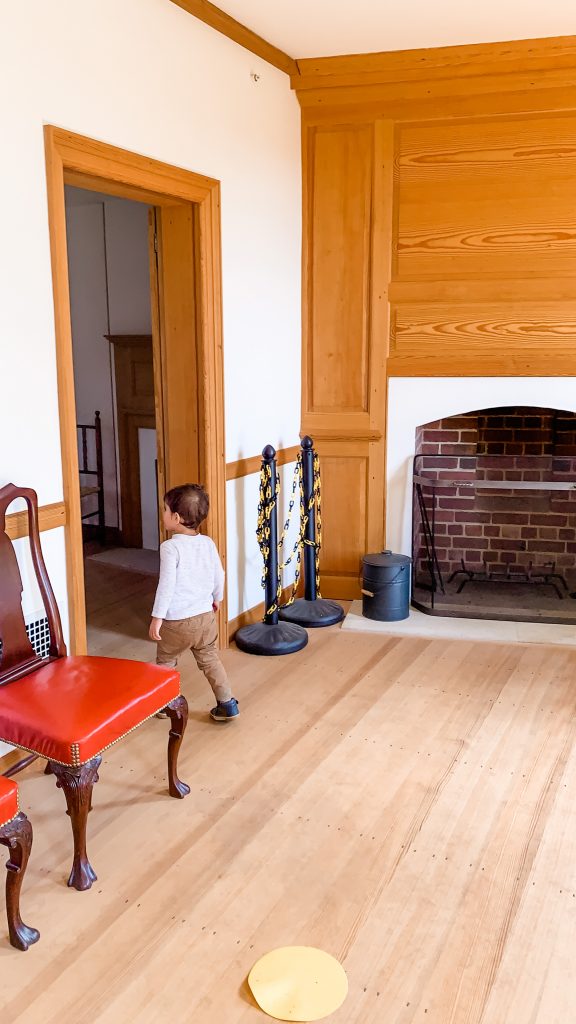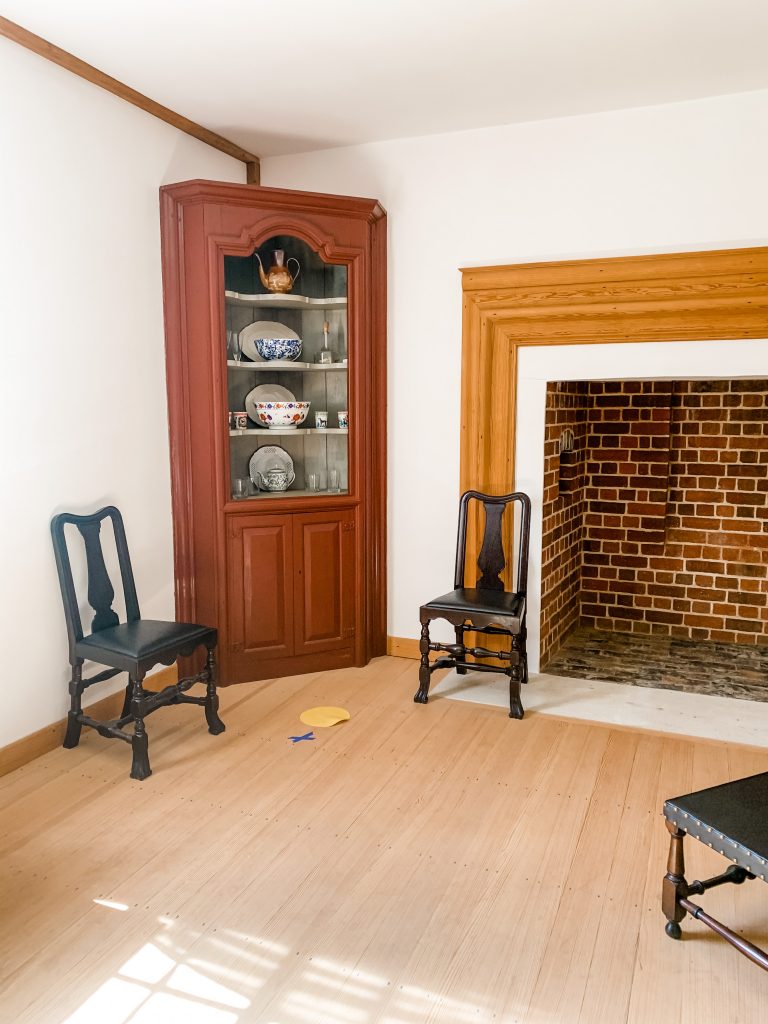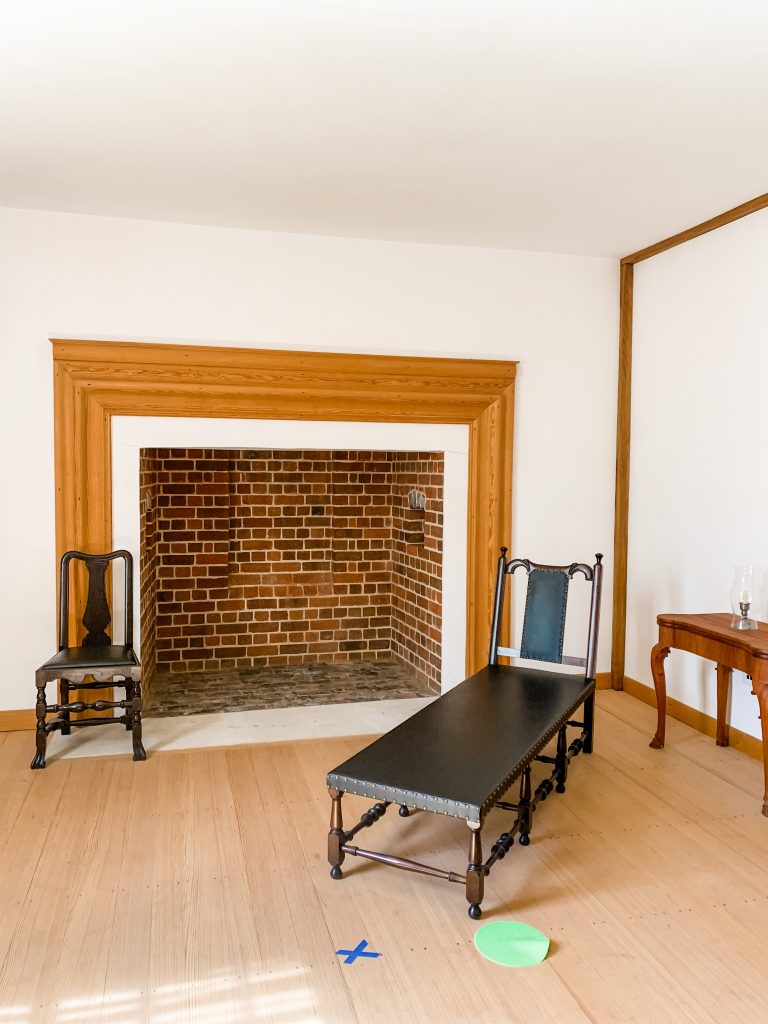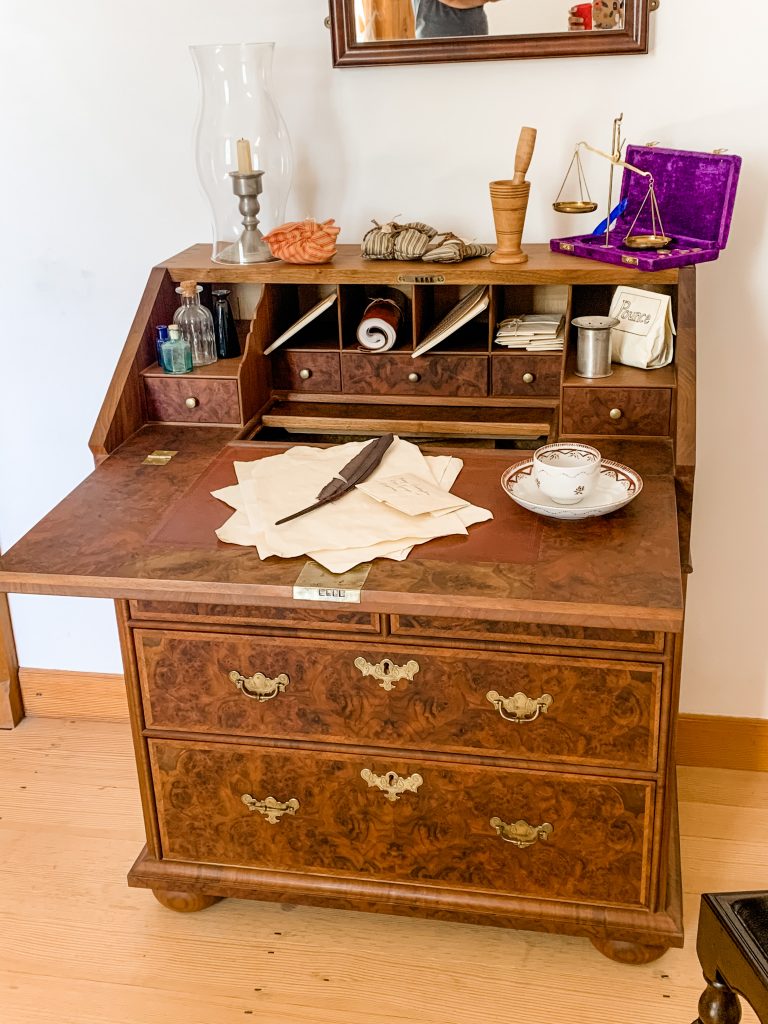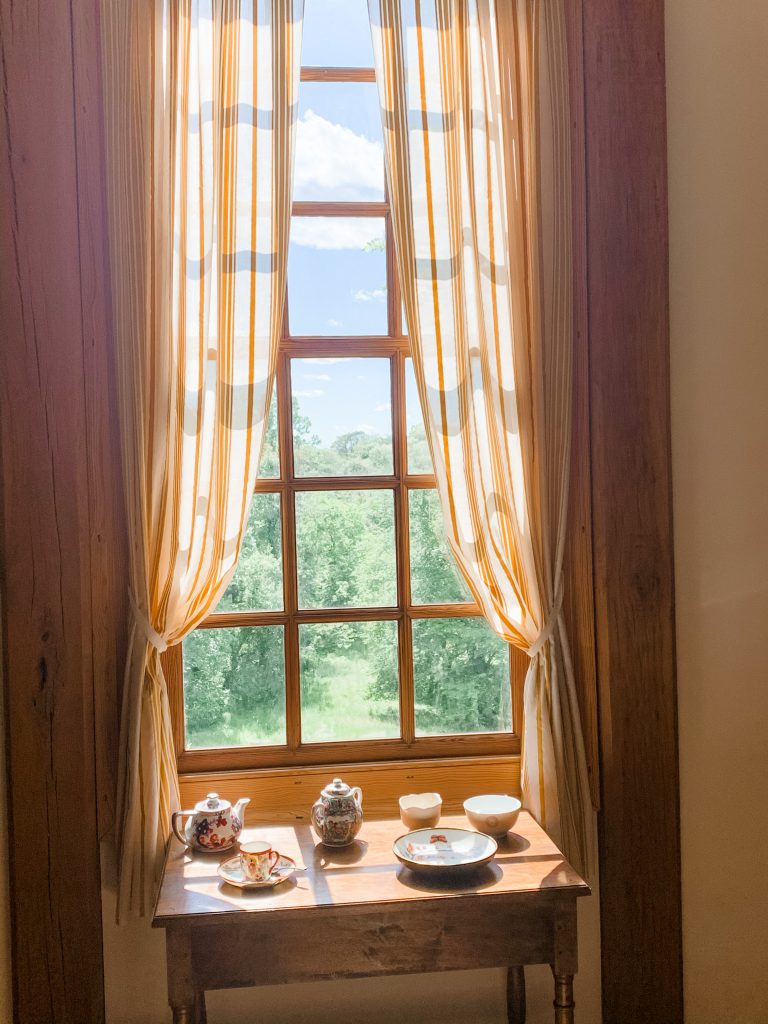George Washington and his family lived here from the time he was six years old till his early twenties. Today, as our spontaneous attempt at taking a road trip to Richmond was thwarted by cranky kids and equally insane traffic, we detoured into Fredericksburg. Twelve years ago, when Aaron and I first moved to Northern Virginia, we drove past the Ferry Farm on our way to something else, and talked about coming back to tour the place. Today, that finally happened.
A few things to note: Ferry Farm is operated by a foundation, therefore, you MUST purchase tickets even to just roam the grounds, as they are not free for the general public. Most of the tour right now, during the Covid-19 pandemic, takes place outdoors. You get to walk through the home, and then the tour guide takes the group outside for a presentation and to answer questions.
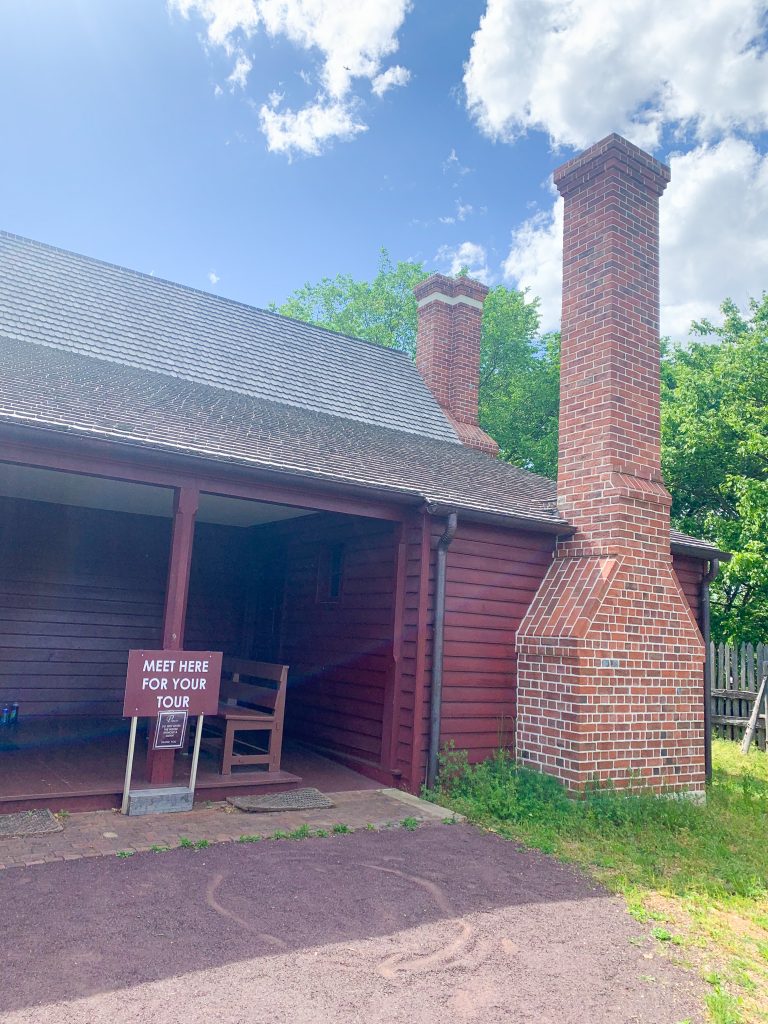
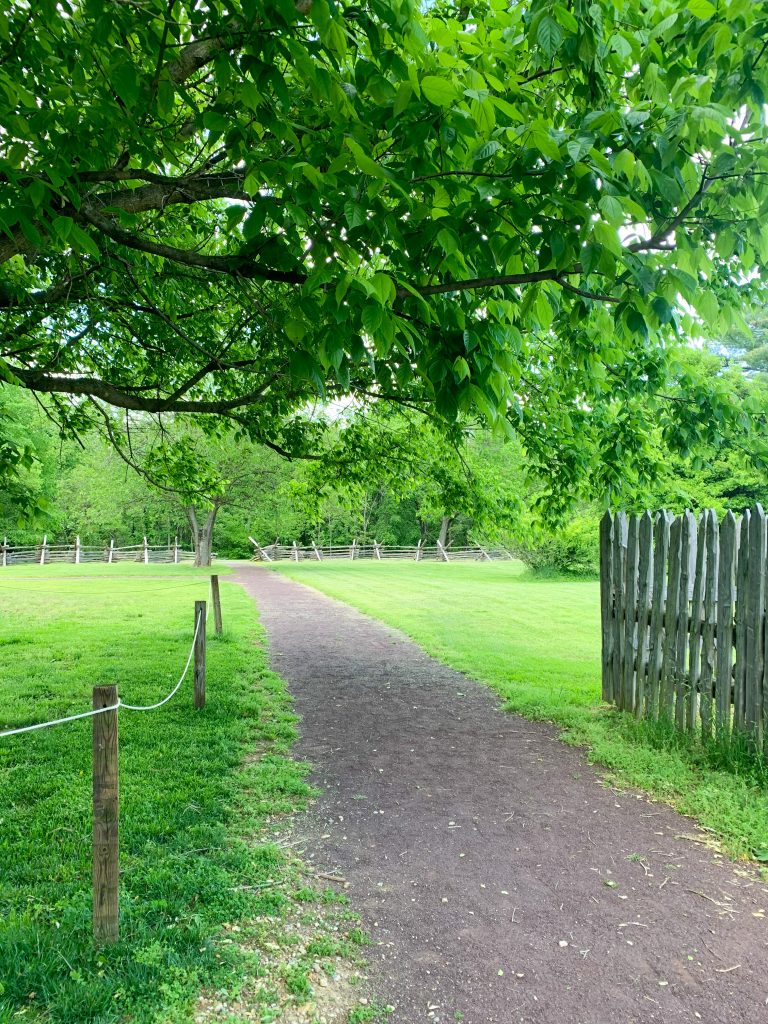
Okay, back to George. He lived here with his family from the age of six till his early twenties. Back in the 17th and 18th centuries, places like the Ferry Farm were used to grow tobacco, and other crops. The buildings did not exist at the time and the place was used solely for farming. Tobacco was Virginia’s largest and most lucrative export, but places along the Rappahannock River, like Ferry Farm were not considered to be great tobacco land. So, most planters moved to planting corn, wheat, and other crops, knowing they would not get rich off tobacco.
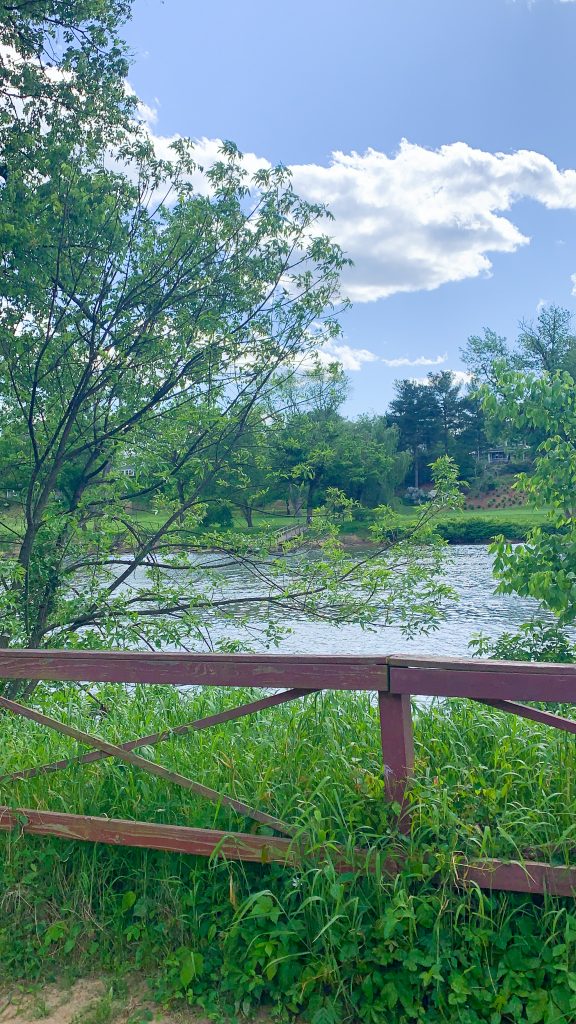
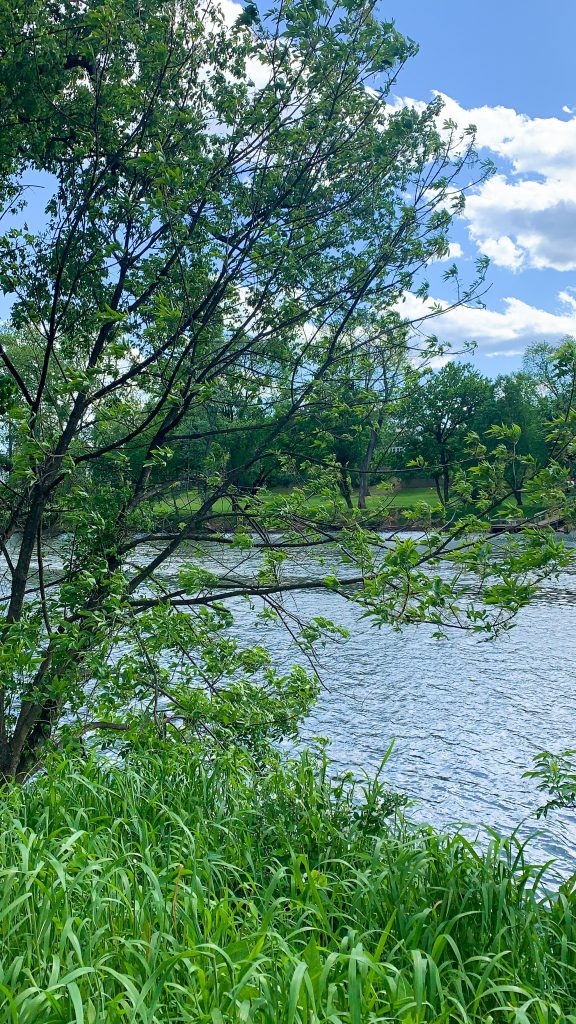

The setting of Ferry Farm on the banks of the river is so idyllic and almost seems otherworldly! It was peaceful and green and beautiful. I can only imagine what a childhood would have been like living on this farm! Ferry Farm is located in Fredericksburg, which at the time when George was a little boy, was a growing port town. George’s father, Augustine, who was a part owner in the nearby iron furnace and mines, saw great growth potential in this town called Fredericksburg. Eager to expand his family’s status and his own business interests, Augustine came upon an advertisement for Ferry Farm, describing it as a beautiful place. He immediately purchased all 580 acres of it, and moved there with his second wife Mary, their five children including George, and all their enslaved workers. Augustine was determined to prepare Ferry Farm as an inheritance for George. Moving from a plantation setting to Ferry Farm, which was closer to growing urban settings, changed the way young George grew up.
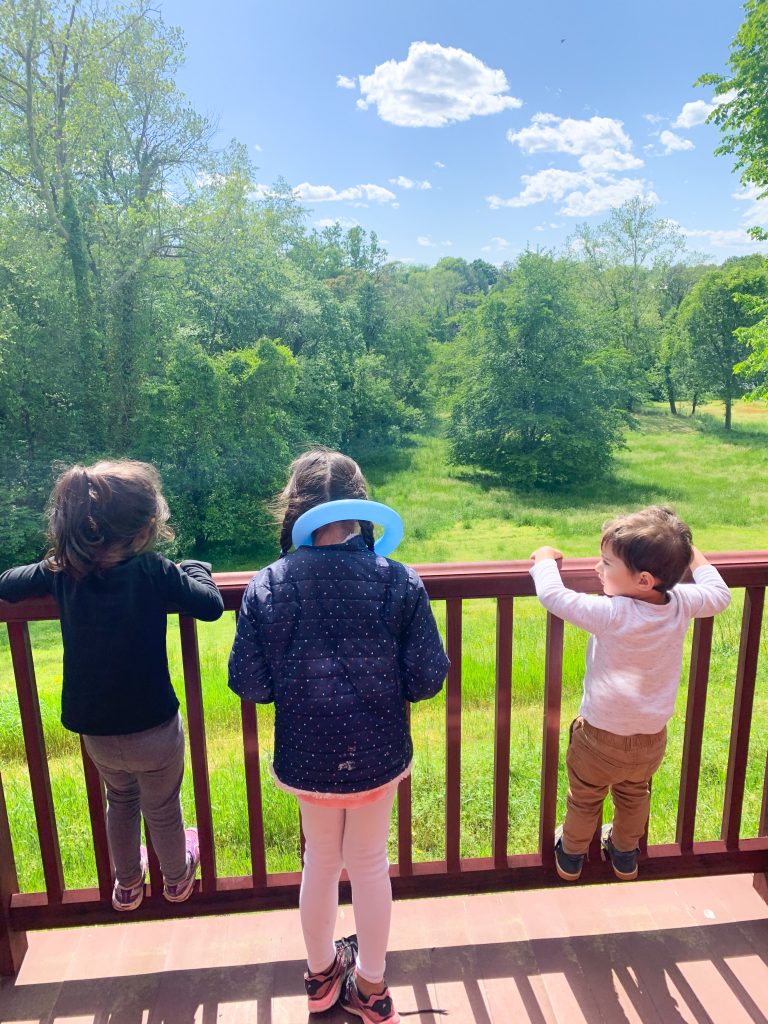
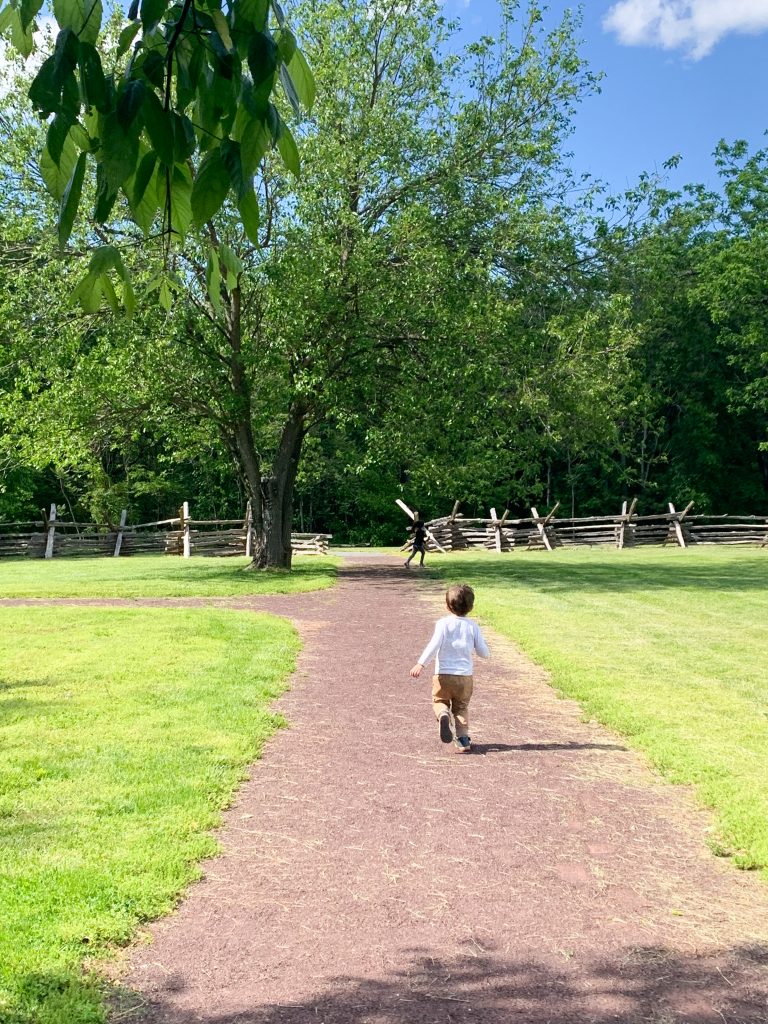
The Washington House foundations were discovered during an archaeological dig, and allowed the replica of the home to be created on the original foundations. The wood frame house measured 53 feet by 28 feet and was built on a stone foundation. In the olden days when the master of the house died, there would be a probate inventory filed, and this would contain the name of each room, and would list all the its contents. The house was said to have five rooms downstairs and three rooms upstairs. The guests entered the house at the passage. The entrance to the home was actually facing the river and involved a steep climb uphill to get to the front door. The hall was the most public space, where guests dined or had tea, and used the back room as sleeping quarters. The parlor was a bit more private and might have been where Mary and Betty, her daughter, may have spent time doing needlework.
The bed you see below was the most expensive piece of furniture in the whole house – actually, the drapes on it were the most valuable of all. Nothing but the best to show off and maintain their status.
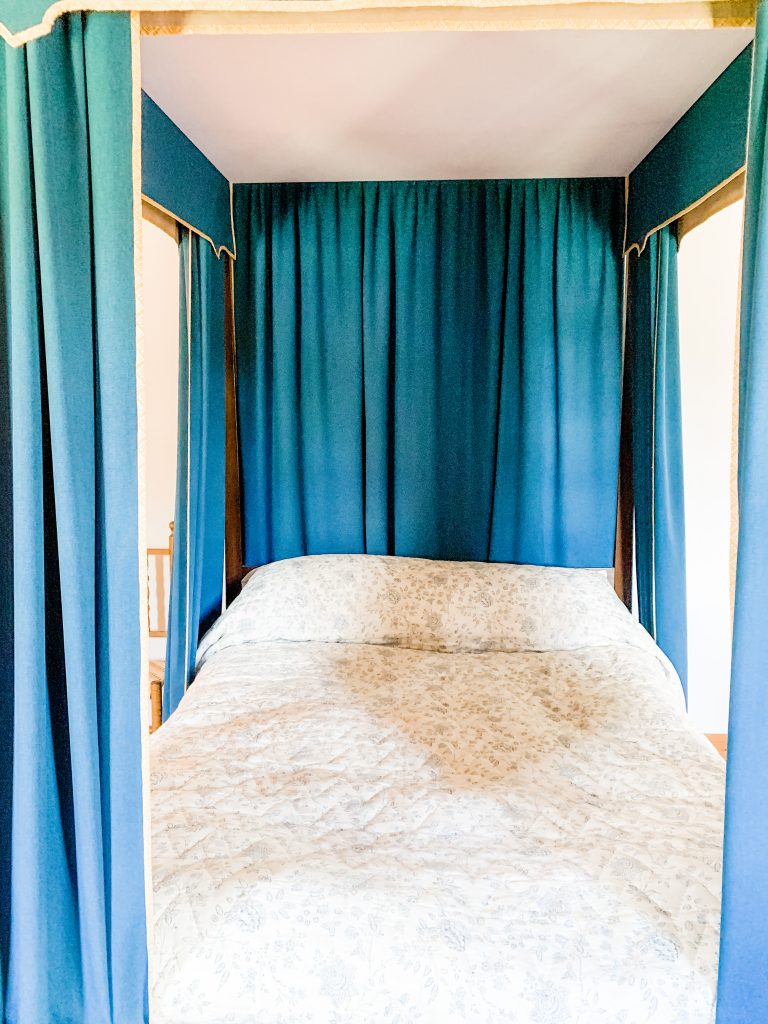
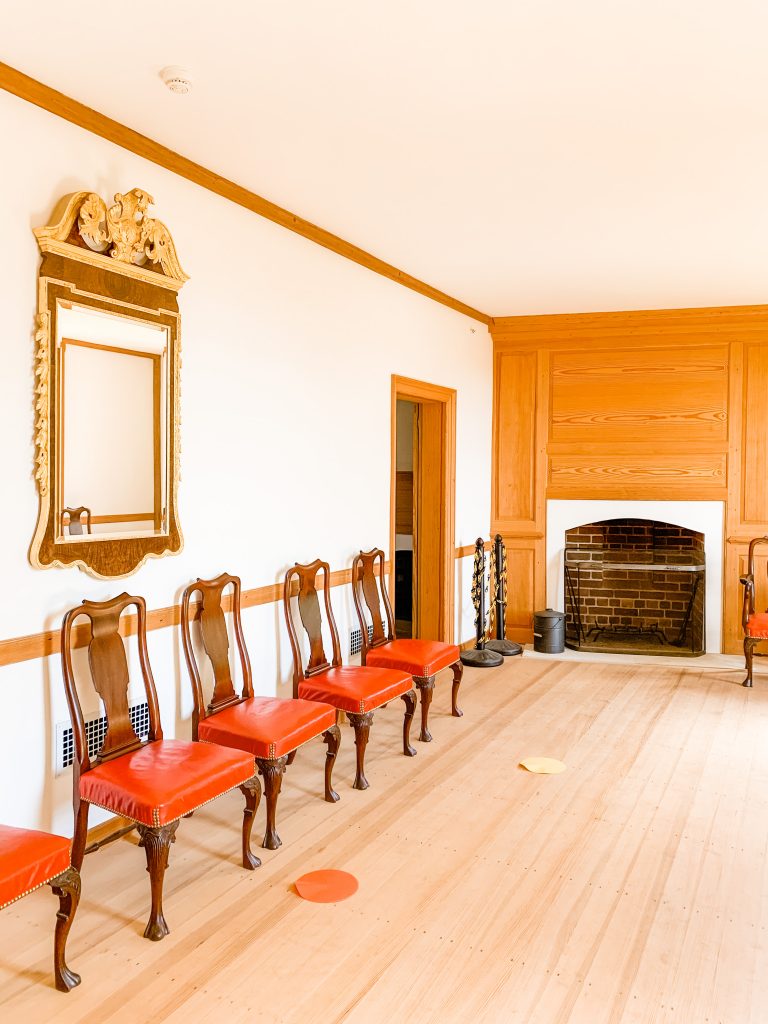
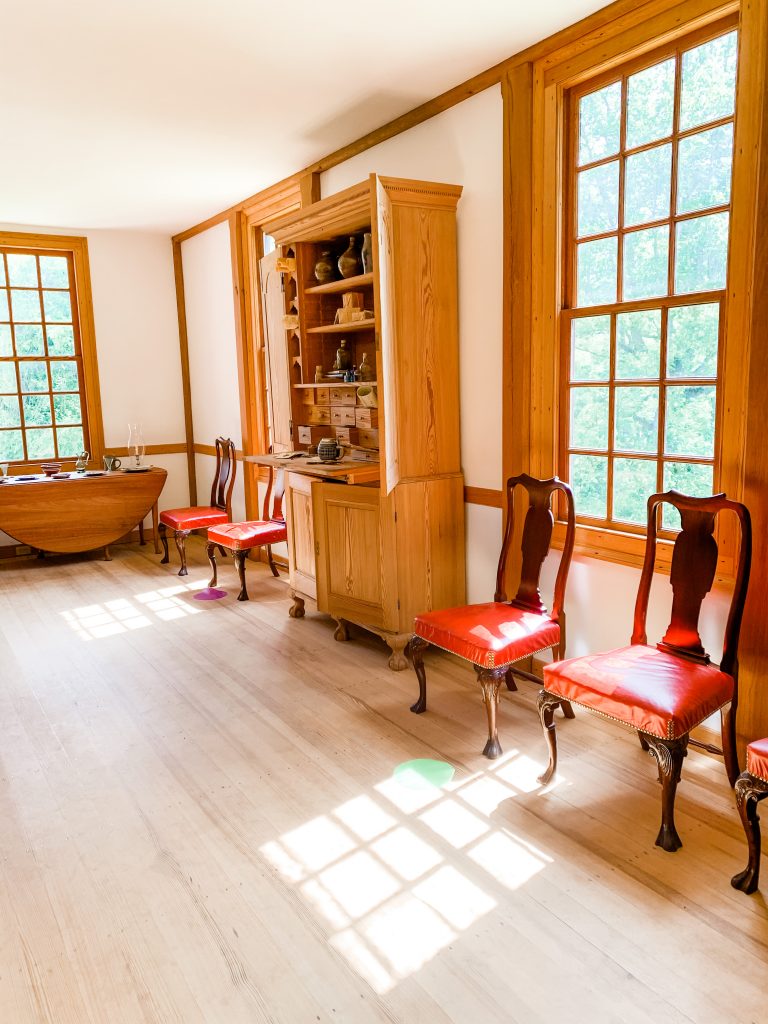
Some fun facts: we learned that during some archaeological digs, they discovered several ceramics, and lots of ceramic hair curlers. Back in the day, they used animal fat to curl their hair. Yuck! Also, they used to toss all their garbage out the back door, and it would pile up there. Somehow, the stench never bothered them. If the pile was too large, they would toss their trash over the fence. And since most of their garbage was food waste at that time, they just fed the scraps to their animals on the farm. Hence the large fences to keep the unsightly garbage away from the line of sight of guests. Although, I can’t imagine not being able to smell it all through the house!
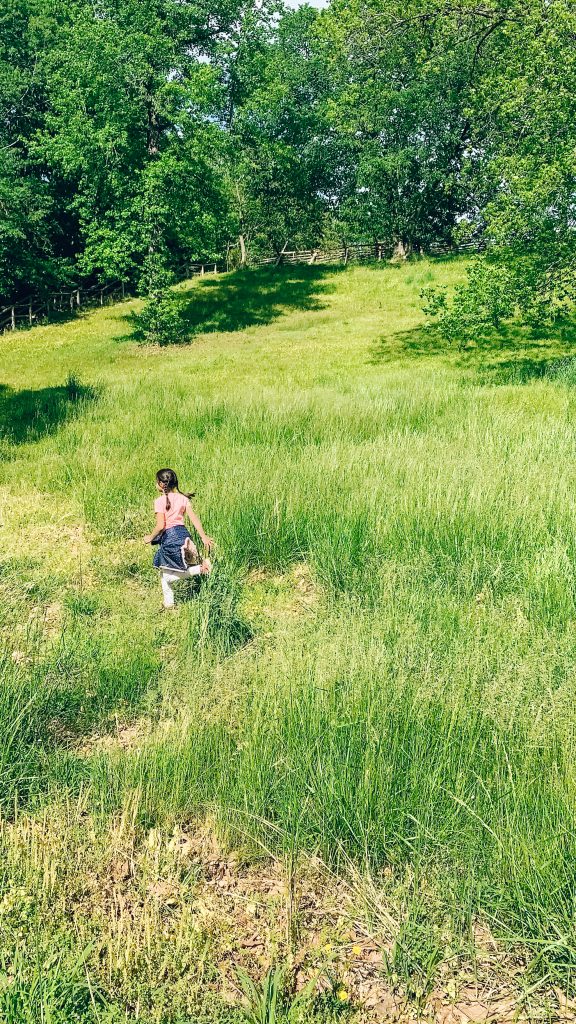
The Washingtons shared this land with about twenty enslaved men, women, and children. Although most of the slaves worked on the tobacco farms, some of them also worked int he kitchens, in the laundry area of the farm, etc. They lived in the same buildings and often slept on pallets on the floor or up in the lofts. Some of them came with the property when Augustine purchased Ferry Farm, and others belonged to the family their entire lives. Still others were purchased after the family moved there.
When Augustine died in 1743, Mary Washington was 35 years old and had five children in her custody. George, the oldest, was only 11 years old at the time. In his will, Augustine left Mary in control of her sons’ plantations till they turned 21. Although they lived in a fashionable house and owned all that acreage, the family faced a lot of financial difficulties. George lost the chance to study in England, like his father and older brothers (from Augustine’s first wife) had done. He remained in Virginia and continued his education here. We learned that after Augustine died, there were greedy people who really wanted the Ferry Farm and would spread rumors about the family selling poor quality tobacco, and that Mary was unfit as a mother to take care of all her children on her own and run the family business. George stepped up as the oldest and would learn a lot about the farm and how to run it, and would protect his mother. Mary, in her own wisdom, chose not to remarry. Had she done so, she would have lost control of her sons’ inheritances as the law was that the natural born children got allotted the wealth and the step children got very little or none of what was theirs to begin with. By not remarrying, Mary was able to hold on to all the land and secure them for her children, especially her sons.
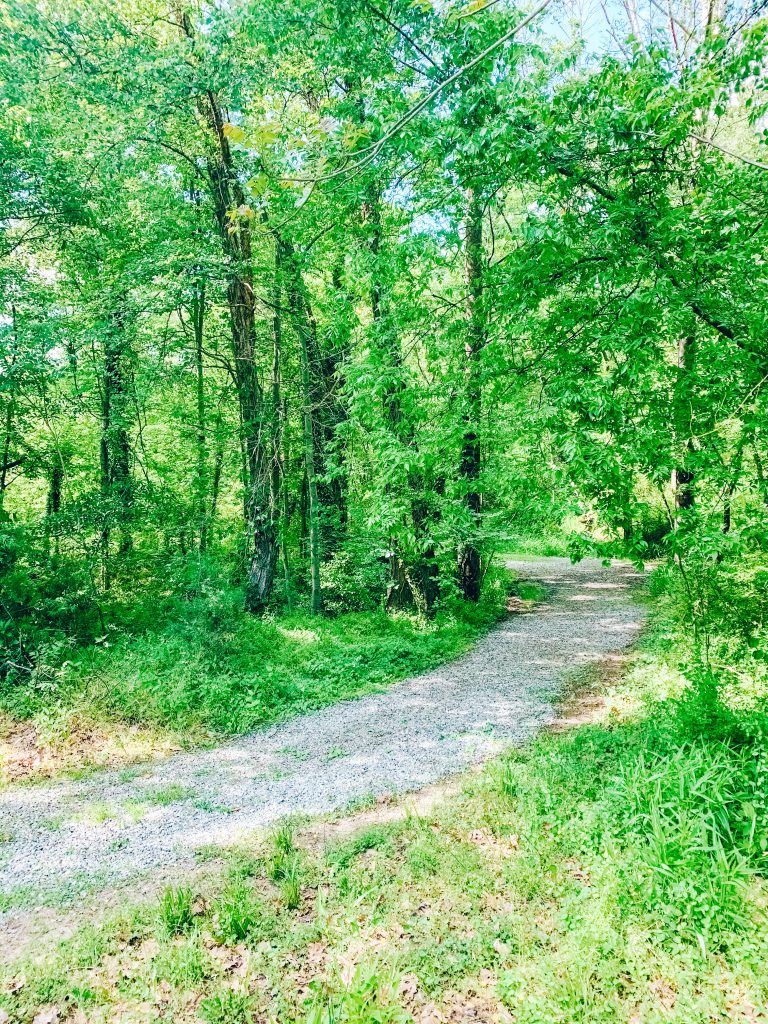
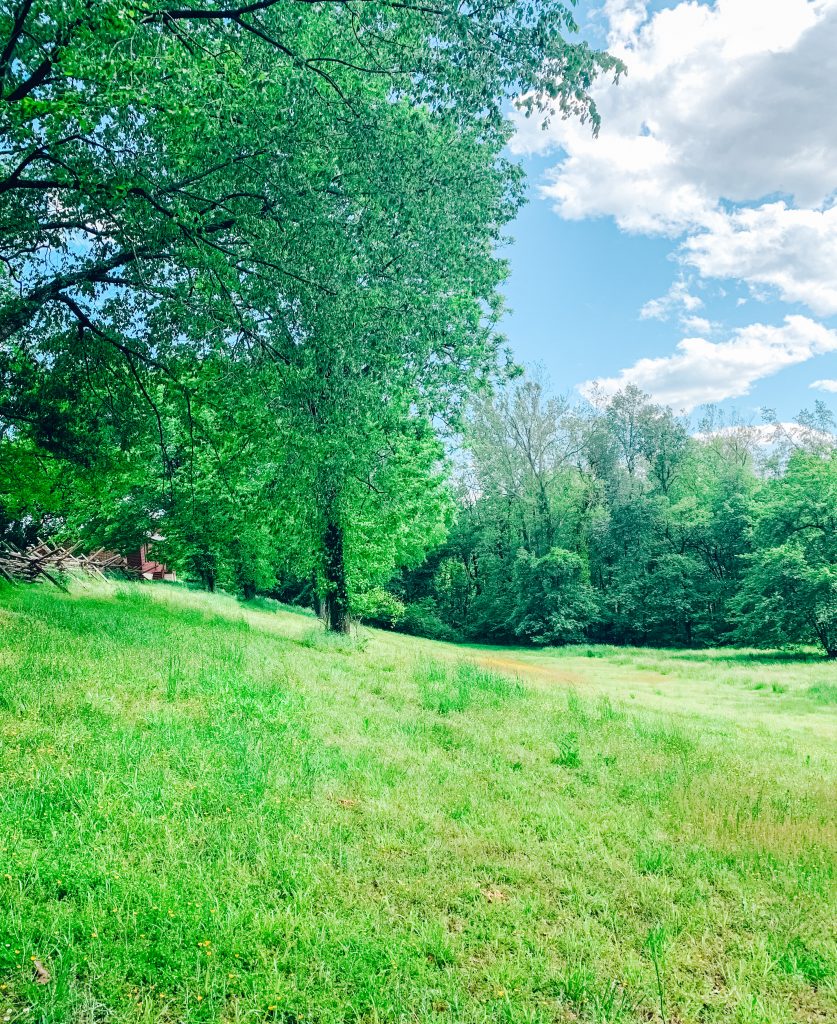
While we were there visiting, the property was quiet and peaceful. But that was not the case when George Washington lived there are a young boy. The farm stood at the bustling crossroads of people who traveled by road, and by river to the nearby towns or further west. In fact, because the roads were not properly developed yet, most people liked to travel via the ferry, hence the name Ferry Farm because it was on the banks of the river. Flat-bottomed barges carried both people and horses from one side to the other and George likely developed his sense of adventure by interacting with all the travelers.
As George studied how to run the farm, and increased in his own education, he began to learn how to become a surveyor. Soon, he was the most sought after and brightest young surveyor around. In fact, when the time came to survey the land of Fairfax and Alexandria, young George got the job. After he made some money surveying, he chose to spend a little on self improvement. We learned that he paid to learn how to dance, and paid for his own fencing lessons, and he also paid to go to the theater. He learned how to gamble, play billiards, and other things, all by the age of 20. As he mingled with all these varying walks of life, he made incredible connections that opened up opportunities for him that otherwise would not have been present on a rural plantation. George then used his connections in the community to join the Free Masons – an elite group comprising of some of the greats minds and most influential historical figures. By 1754, George moved permanently to Mount Vernon, which he inherited from his brother Lawrence’s estate after his death. Prior to his death, George had spent a considerable amount of time with Lawrence and shared a close bond with him, and had all but moved in with his when his health started failing. So, it was no surprise that he would take over the estate. George owned the Ferry Farm property for another twenty years before he sold it after his mother, Mary, moved into Fredericksburg.
We loved this detour and spontaneous trip down history lane! Aaron and I asked lots of questions – actually, we were the only ones asking the questions. Haha. The tour guide was young, and fast speaking and masked, so it made for a rapid fire tour 🙂 We asked if we could walk through the home one more time to be able to connect the dots from the tour guide’s facts and see the house once again. It was helpful to do this and understand what she had been telling us. Our children couldn’t care less about the history of the place (yet) so they roamed the grounds, and ran through the tall grasses, and plucked all the yellow flowers into a rough bouquet for me, and were generally, being children.
